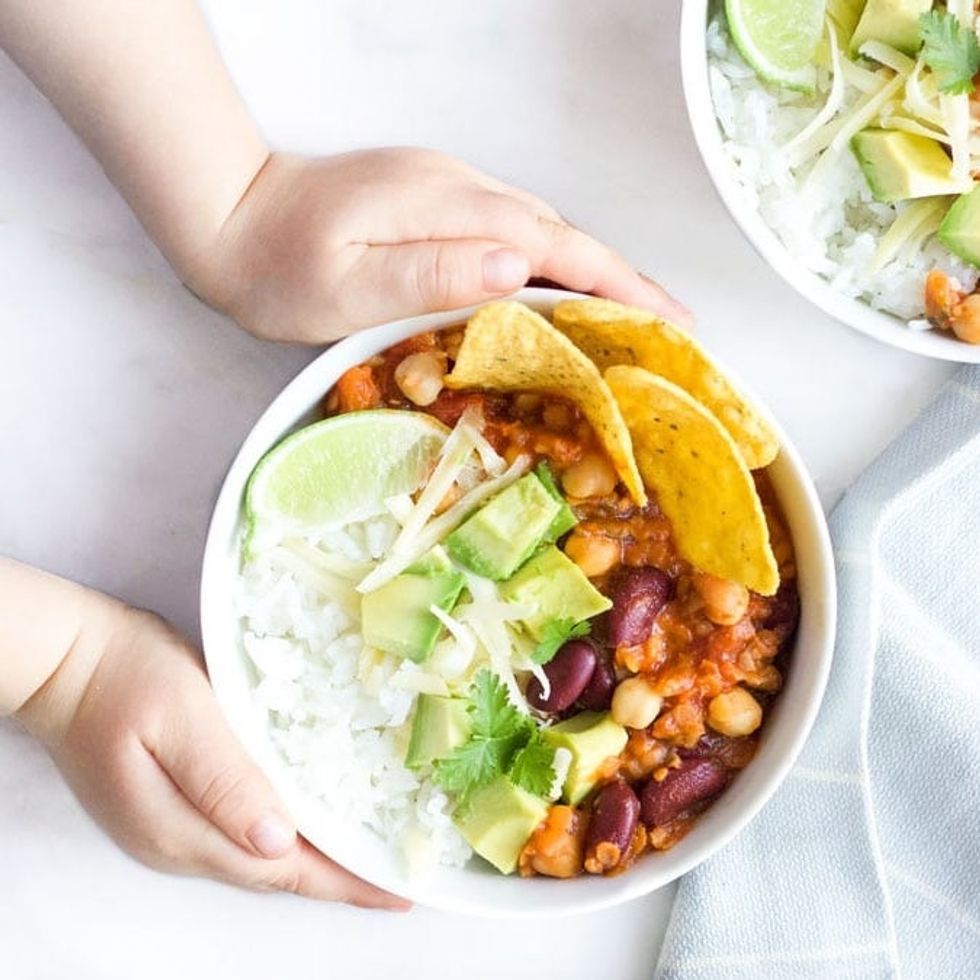
If you're looking for an easy and flexible way to cut out meat, you might want to consider becoming a flexitarian. This diet allows for you to enjoy meat in moderation without sacrificing the nutritional benefits. Although this diet can be appealing to those looking to lose weight, it can also cause unhealthy eating patterns. This diet encourages you to consume more fruits and vegetables.
Flexible
A flexible flexitarian is a diet that does not rely on animal products. This diet emphasizes whole foods and plant-based protein. Be sure to speak to your doctor to discuss your health goals and lifestyle before you try this type of diet. You may also want to explore the many new foods that are available for this type of diet.
Flexitarian is a combination the words flexible and vegetarian. Flexitarians eat lots of fruits and vegetables but still enjoy some meat. This is a great combination for people who want a better lifestyle and to reduce cholesterol.
It's easy to follow
There are several benefits to a flexitarian diet. Flexitarians eat as many plant-based foods possible. You'll also eat less animal products. It's possible to still eat plenty protein and delicious foods. This plan doesn't require any major changes to your kitchen or pantry. It is also easy to follow. You may actually find it simpler than you realize.

This easy-to follow flexitarian plan is great for those looking to reduce their carbon footprint, but still enjoy good taste. Start by cutting down on the amount of meat that you consume each week, then switching to plant-based meals and snacks several days per week. This will not only help you lose weight but also reduce your chance of developing cardiovascular disease and other diseases.
Health benefits
While there are many advantages to a flexitarian lifestyle, there are also a few things that you should be aware of. Flexitarians require more planning and cooking skills than those who eat a vegan or vegetarian diet. Besides, a flexitarian diet can leave you with some dietary deficiencies. Flexitarians, for example, may be low in vitamin B12 and/or calcium. Fortified foods can help to fill in these gaps. Eggs are also a good source of vitamin B12 and calcium.
Another benefit to a flexitarian diet is that it allows you to enjoy some meat, but the amount should be limited. The general rule of thumb is that you should limit yourself to about 28 ounces of meat per week. You can eat no meat two days a week, which is one of the best ways to abide by the flexitarian lifestyle. You should restrict your meat intake to 18 ounces on meat days.
There are many food options
Flexitarian diets allow you to eat many different plant foods in different quantities. This kind of diet can be quite healthy but can leave you at risk of deficiency in essential nutrients such as iron, zinc and calcium. It is important that you plan your meals in advance before changing to a flexitarian meal plan. Fruits, vegetables, and whole grains are the foods that you should be focusing on.
A flexitarian eating plan will allow you to eat two-thirds less animal products. A flexitarian diet will have a lower environmental impact than a traditional vegetarian one. Although flexitarian diets tend to be a vegetarian diet, they can include meat and dairy products.

Cost
Flexitarian eating can be a great way for you to cut down on your food expenses. However, there are some downsides to this new way of eating. First of all, you'll have to pay more for packaged plant-based products. These products also cost more than products made of animal products. This is due to the fact that basic plant-based components are relatively inexpensive and startups don’t have economies of scale.
Low levels of animal protein will come at a cost. This might be difficult to swallow if your body isn't used meat-eating habits. Reducing your consumption of meat can help you reduce your carbon footprint, and also help the environment. The livestock and agriculture industries are responsible for about 10 percent of the greenhouse gas emissions in the United States. Additionally, a flexible diet can increase your likelihood of long-term success.
FAQ
What should my diet consist of?
Eat lots of fruits and vegetables. These vegetables and fruits are rich in vitamins and minerals that will keep your immune system strong. Fruits and veggies are also high in fiber, which makes them filling and helps with digestion. You should eat at least five servings per day of fruits and vegetables.
Make sure you drink plenty of water too. Water flushes out toxins and helps you feel full between meals. Drink about eight glasses each day.
Choose whole grains over refined ones. Whole grains have all their nutrients intact, including B vitamins, iron, zinc, magnesium, calcium, and protein. Refined grain has lost some of its nutrition.
Avoid sugary drinks. Sugary drinks are loaded with empty calories and contribute to obesity. Instead, drink water, milk, or unsweetened Tea.
Avoid fast food. Fast food has little nutritional value. Fast food may be delicious, but it will not give you the energy that you need to perform your tasks properly. Choose healthier options like salads, soups and sandwiches as well as pasta dishes.
Try to limit alcohol intake. Alcohol is a poor nutrient and has empty calories. Limit yourself to no more than two alcoholic beverages a week.
Reduce your consumption of red meat. Red meats are high in saturated fat and cholesterol. Instead, choose lean cuts of beef and pork, lamb, chicken or fish.
What are 10 healthy behaviors?
-
Eat breakfast every day.
-
Don't skip meals.
-
Eat a balanced, healthy diet.
-
Get plenty of water.
-
Take good care of your body.
-
Get enough rest.
-
Avoid junk food.
-
Get at least one form of exercise each day.
-
Have fun!
-
Make new friends.
How does an antibiotic work?
Antibiotics can be used to kill bacteria. To treat bacterial infections, antibiotics are used. There are many kinds of antibiotics. Some are administered topically, while others are given orally.
Antibiotics are often prescribed to people who have been exposed to certain germs. An oral antibiotic might be prescribed to someone who has been exposed to chicken pox. This will prevent the spread of shingles. An injection of penicillin may be necessary to prevent pneumonia if someone has strep.
A doctor should give antibiotics to children. Side effects of antibiotics can be more dangerous for children than for adults.
The most common side effect of antibiotics is diarrhea. Side effects of antibiotics include diarrhea, stomach cramps and nausea. Most of these symptoms disappear after the treatment is completed.
Here are 7 ways to live a healthy lifestyle.
-
You should eat right
-
Exercise regularly
-
Good sleep
-
Drink plenty of fluids.
-
Get adequate rest
-
Be happy
-
Smile often
Statistics
- WHO recommends consuming less than 5% of total energy intake for additional health benefits. (who.int)
- The Dietary Guidelines for Americans recommend keeping added sugar intake below 10% of your daily calorie intake, while the World Health Organization recommends slashing added sugars to 5% or less of your daily calories for optimal health (59Trusted (healthline.com)
- nutrients.[17]X Research sourceWhole grains to try include: 100% whole wheat pasta and bread, brown rice, whole grain oats, farro, millet, quinoa, and barley. (wikihow.com)
- WHO recommends reducing saturated fats to less than 10% of total energy intake; reducing trans-fats to less than 1% of total energy intake; and replacing both saturated fats and trans-fats to unsaturated fats. (who.int)
External Links
How To
How to stay motivated to exercise and eat healthily
Motivation tips for staying healthy
Motivational Tips For Staying Healthy
-
Write down your goals
-
Set realistic goals
-
Be consistent
-
When you achieve your goal, be kind to yourself
-
Even if you make a mistake, don't quit!
-
Have fun